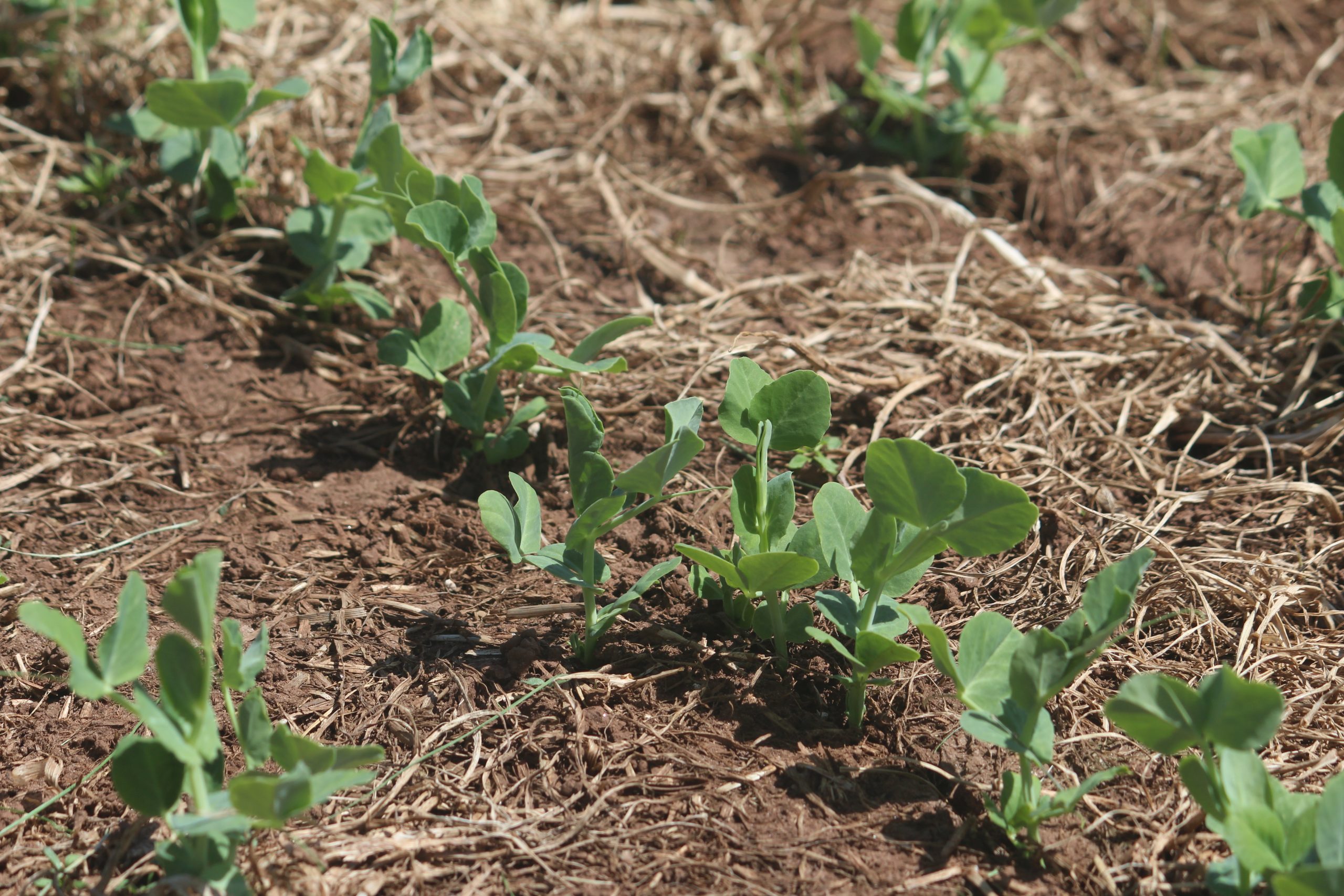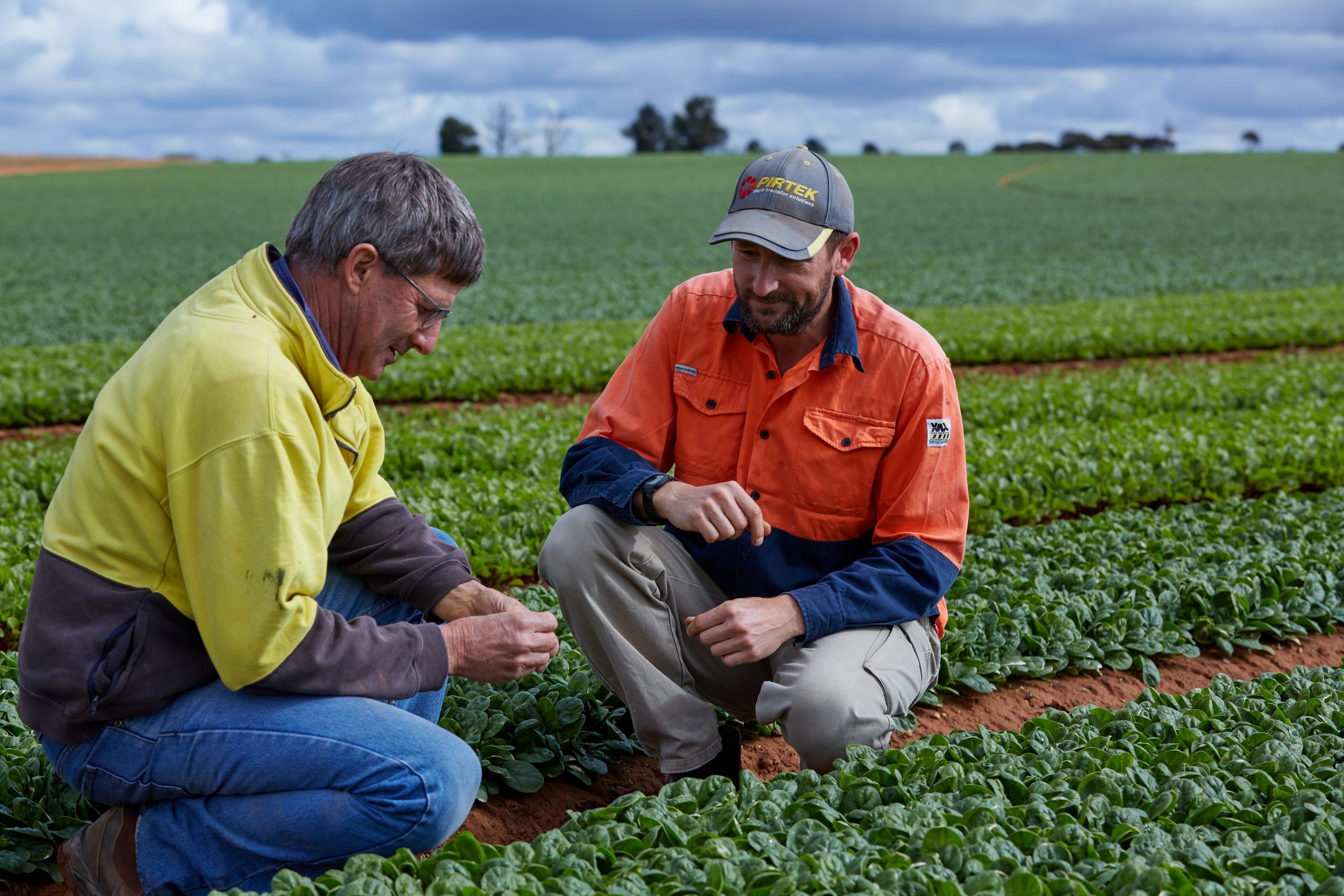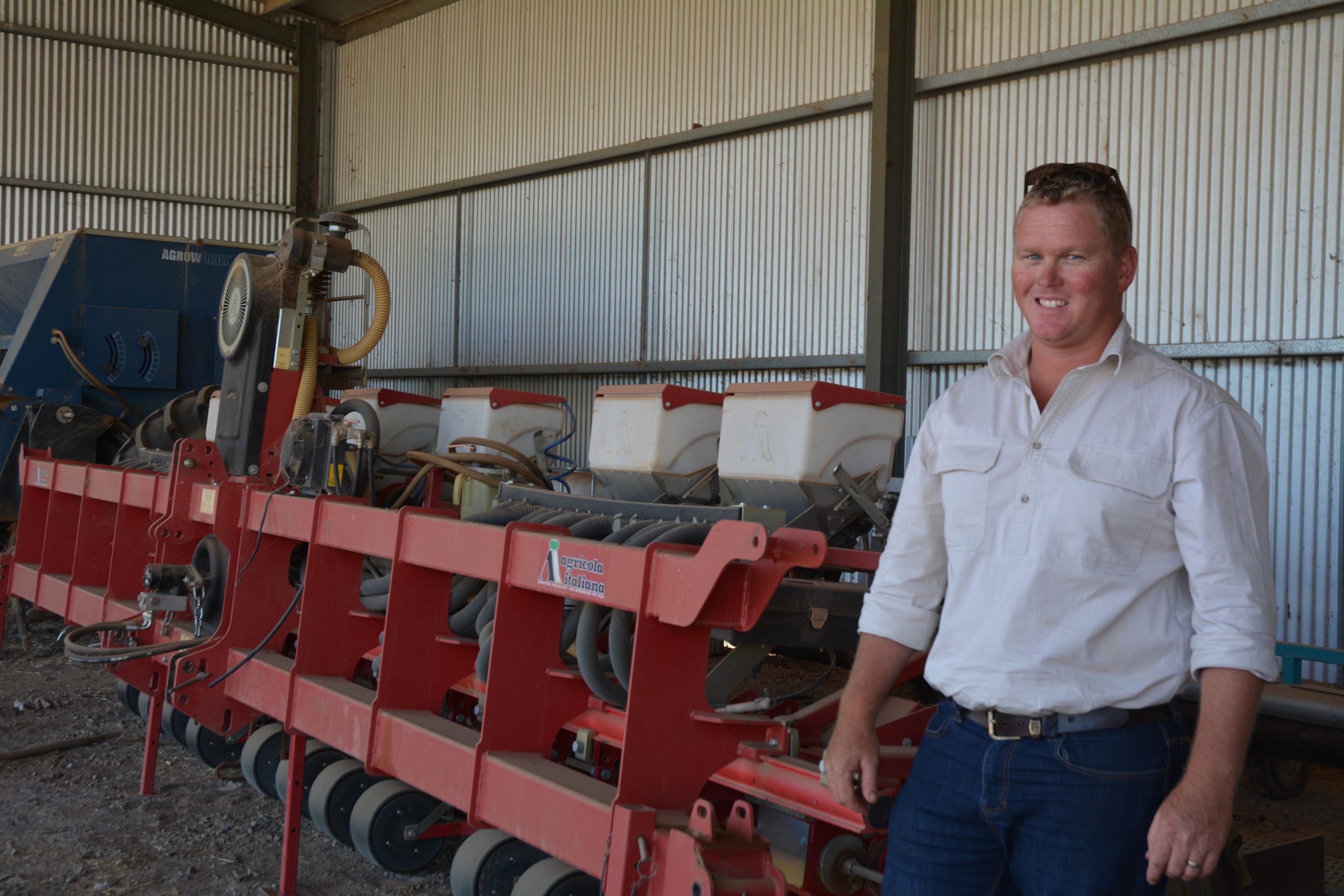
Nick Eyles: Eyeing off a sustainable future in Tasmania
30 November 2020
Redgold: A business on the move
1 December 2020Fast facts
Name: Chris Taylor
Works: Kagome Farms Australia – General Manager Field Operations
Location: Echuca, Victoria
Products: Processing tomato, carrot and garlic.
Annually processes: 195,000 tonnes of tomato; 30,000 tonnes of carrot (grown both at Deniliquin and Barham in the Southern Riverina, New South Wales); 6,500 tonnes of beetroot; 6,500 tonnes of apple and 500 tonnes of pear.
How did you become involved in the agriculture/veg industry, and how did you get to where you are today?
I’ve been in agriculture all my life. I grew up on mainly broadacre and cattle properties in several places, spent a bit of time out in western NSW at Coonamble and finished up in Warwick, southern Queensland. My father was a manager similar to myself, so we didn’t own any land – just managed them.
I’ve been involved in horticulture since completing a Bachelor of Farm Management in Orange, NSW, through the University of Sydney. I came down to Echuca when finishing university. I knew the Kagome Manager, who is now Kagome CEO – Jason Fritsch – and he needed a hand for a couple of weeks over the summer. So, I thought I’d come down and it’s now 13 years later.
I’m married with a couple of kids. I met my wife, Ellie, who came with me to Echuca, where we still live now with our two boys Louis (6) and Ted (4). The boys love coming out on farm with me.
What are the opportunities are for juicing carrots?
Our current market is predominantly for Japan to be mixed into vegetable juices. We do sell a small volume domestically; however, we are looking to grow this market. The benefits of natural juices are fantastic.
We grow three main colours of carrot – orange, yellow and red. They all have unique benefits and taste profile for select juice mixes.

Can you talk us through the process the carrots go through?
We start with a seed and we plant a cover crop that grows up. This is usually a wheat or a triticale because we spray it out when the carrots are two true leaf. If we didn’t do this, the wind would just knock them off.
We plant five rows of cover crop across the top of the bed and we let that grow for two weeks, then start to plant the carrots. We do that for wind and sandblasting protection, which really helps our establishment. All this is irrigated through overhead centre pivot irrigation using water from the Murray Irrigation Limited (MIL) system.
Producing high quality carrots is a long process. We target specific carrots that have high beta carotene, high brix and are vibrant in colour. The colour perception of our product from our consumer is very important and can be the difference of a top end market or lower end.
From planting in December to harvesting in June the following year, the seven-month process is managed extremely carefully from day one of planting to the final filling stage in or facility.
The key to a great crop is in the first six weeks, as this is when the carrot determines is length of root and size. Water and fertiliser management is crucial over this period– if you are too lean or over irrigate, the carrot will stop growing and become out of balance resulting in yield penalties.
Once they leave the farm, we truck them back to Echuca and from there they get washed out in the factory and go through a scrubbing and grading process. When the carrots start the processing stage, they are washed, scrubbed, peeled, chopped and squeezed multiple times to extract the juice before the fibre and juice being separated.
How many people do you employ, and how has COVID impacted your operation this year?
Kagome (factory and farms) employs 85 full-time staff and more than 150 casuals for peak periods of processing, planting and harvesting. Out in the field, we have roughly 35 full-time staff.
COVID has impacted our ability to source seasonal labour, especially in the field for tomato planting. Even though we had great plans in place and staff isolating prior to starting, the quick changes in agricultural labour demand saw us falling short of obtaining enough skilled workers.
"People are what makes any business/industry. Agriculture is alive with people and their stories, and all those stories come with passion."

How do you maintain your disease resistance and ongoing sustainability of the farm?
We have a strong rotation strategy that helps with diseases and adding organic matter back to the soils. It is also stringent, and needs a lot of rotational ground to grow multiple crops on and do a lot of green manure cropping and manures.
We use garlic as a good rotation with carrot as it is a natural biofumigant for soil-borne diseases. Throughout the growing seasons, we use cover crops.
Sustainable practices are at the forefront of our program as the land and its health is what makes a crop (and business) sustainable.
How do you manage your irrigation systems – you incorporate variable rate irrigation (VRI)?
As part of our irrigation system over the past couple of years, we’ve been adapting variable rate technology. What that does it gives us full control over the centre pivot down to each individual sprinkler, and that can allow us to manage our water and nutrient very precisely but also stop the heavy areas on the ground getting too wet and the sand being too light.
This has helped to ensure more uniformity in our crops and ultimately gained yield, while managing our water in the most efficient way.
What do you enjoy most about working in agriculture?
Agriculture is a passion. It’s not something you do just to have a job – it’s your life. The joy and satisfaction of producing a great crop and the challenge of producing a better one next year is what drives you.
People are what makes any business/industry. Agriculture is alive with people and their stories, and all those stories come with passion.
Agriculture is also about family. Yes, it is a very demanding industry with long hours and stressful times away from family. However, the joy of touring the farms with my wife and young boys knowing that we help create what we see before us is satisfying.
What is your proudest achievement as a farmer to date?
My proudest achievement is probably where we stand today. The dream of us growing carrots six years ago was that – a dream. We started off with a small four-hectare trial and now we’ve got 280-plus hectares of carrots that we grow annually.
I’m very proud to have a sustainable carrot business that is fit for the future.
This grower profile first appeared in the leading magazine for the Australian vegetable industry, Vegetables Australia. If you’d like to subscribe to receive a new edition of Vegetables Australia in your mailbox every three months, use our online subscription form!
Images courtesy of Chris Taylor and Sophie Burge.


